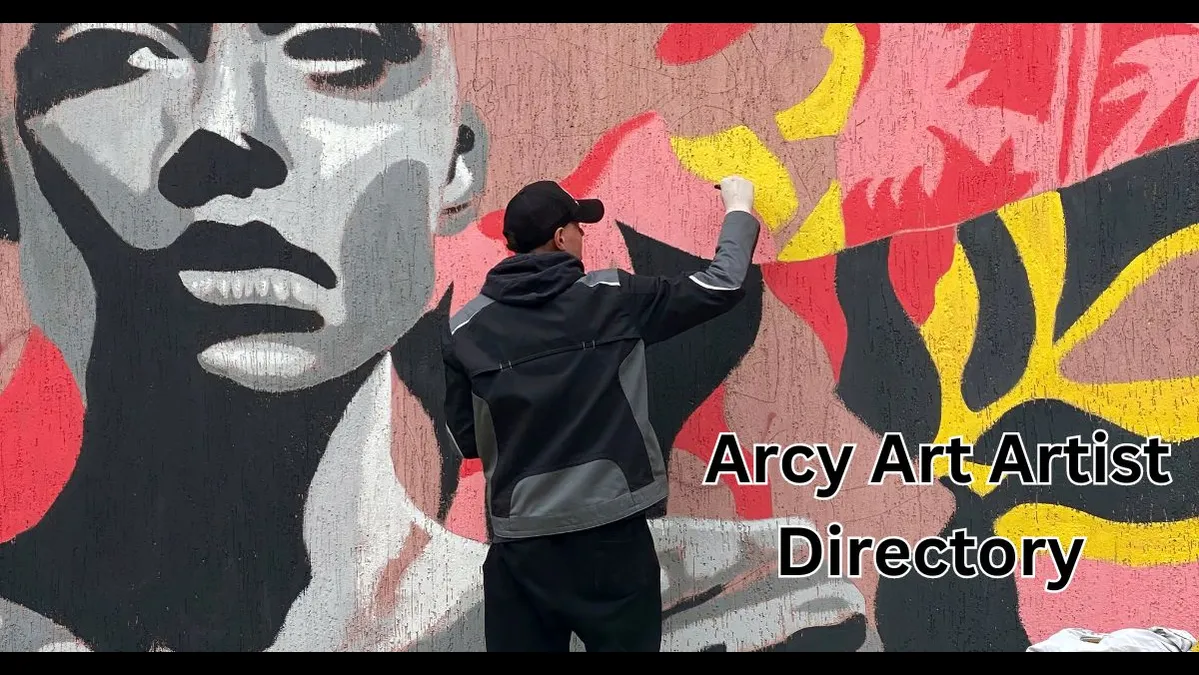What is Arcy Art?
directory arcy art, short for “abstract recycling art,” is a unique and innovative art form that has gained popularity in recent years. It involves creating stunning pieces of art from discarded materials, promoting sustainability and environmental awareness. Arcy art encourages artists to think outside the box, experiment with different materials, and push the boundaries of creativity.
At its core, arcy art is about transforming waste into something beautiful and thought-provoking. It challenges our perception of art and encourages us to see the potential in everyday objects. By using recycled materials, directory arcy art reduce waste, promote eco-friendliness, and inspire others to adopt sustainable practices.
History and Evolution of Arcy Art
The concept of directory arcy art has been around for decades, but it has only recently gained mainstream recognition. In the 1950s and 60s, artists like Robert Rauschenberg and Jasper Johns experimented with found objects and collage techniques, laying the groundwork for the arcy art movement.
Over the years, directory arcy art has evolved, incorporating new materials, techniques, and themes. Today, arcy artists are more diverse than ever, hailing from different backgrounds, cultures, and disciplines. The rise of social media has also played a significant role in promoting art, allowing artists to share their work, connect with audiences, and build a global community.
Types of Arcy Art
directory arcy art encompasses a wide range of styles, techniques, and materials. Some common types of arcy art include:
- Assemblage: Creating three-dimensional artworks by combining found objects and materials.
- Collage: Creating artwork by combining different materials, such as paper, fabric, or wood.
- Mixed Media: Combining different artistic media, such as paint, ink, or photography, with recycled materials.
- Sculpture: Creating three-dimensional artworks using recycled materials like metal, plastic, or glass.
Techniques and Materials Used in Arcy Art
Arcy artists employ various techniques to create their artworks, including:
- Upcycling: Transforming discarded materials into something of more directory arcy art excellent value or beauty.
- Repurposing: Using materials for a purpose other than their original intention.
- Reclaiming: Retrieving materials from waste streams or abandoned sources.
Common materials used in arcy art include:
- Paper and Cardboard: Old maps, book pages, cardboard tubes, and paper towel rolls.
- Plastic and Metal: Bottles, cans, wire, and other discarded plastic and metal objects.
- Wood and Fabric: Old pallets, fabric scraps, and textile waste.
- Glass and Ceramics: Broken glass, ceramics, and porcelain.
Famous Arcy Artists and Their Contributions
Several artists have made significant contributions to the art movement. Some notable examples include:
- Marcel Duchamp: A French-American artist known for his readymades, which challenged traditional notions of art.
- Robert Rauschenberg: An American artist who experimented with found objects and collage techniques.
- Louise Nevelson: An American artist who created sculptures from found wood and other materials.
The Impact of Arcy Art on Society and Environment
Arcy art has far-reaching implications for society and the environment. directory arcy art By promoting sustainability and reducing waste, arcy art:
- Raises Environmental Awareness: Encourages people to think about the impact of their actions on the environment.
- Supports Sustainable Practices: Promotes eco-friendly habits and reduces waste.
- Fosters Creativity and Innovation: Encourages artists to experiment and push boundaries.
Challenges and Limitations of Arcy Art
While arcy art offers many benefits, it also faces challenges and limitations, including:
- Accessibility: Limited access to materials, resources, and audiences.
- Perception: Some people may view art as inferior or less valuable than traditional art forms.
- Commercialization: The risk of arcy art being exploited for commercial gain, compromising its integrity.
The Future of Arcy Art
As the world grapples with environmental challenges and sustainability concerns, directory arcy art art is poised to play a significant role. The future of arcy art looks promising, with:
- Increased Recognition: Growing recognition and acceptance of arcy art as a legitimate art form.
- New Materials and Techniques: The discovery of new materials and techniques will continue to push the boundaries of arcy art.
- Global Community: The arcy art community will continue to grow, connecting artists, audiences, and environments worldwide.
Conclusion
Arcy art is a powerful and thought-provoking art form that challenges our perceptions, promotes sustainability, and inspires creativity. As we move forward, it is essential to recognize the value and potential of art, supporting artists, and promoting environmental awareness. By embracing arcy art, we can create a more sustainable, innovative,










